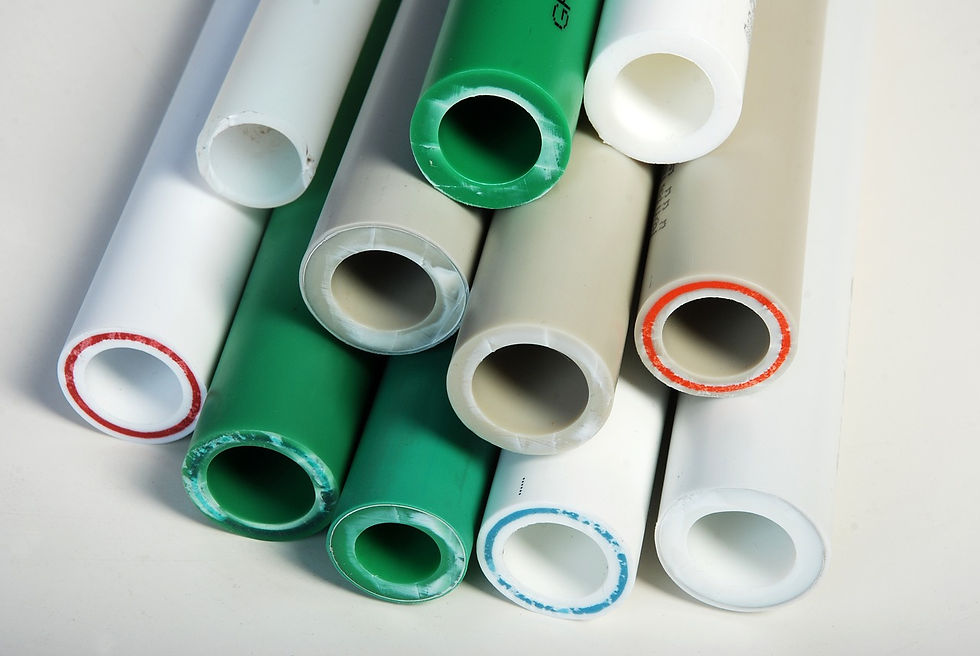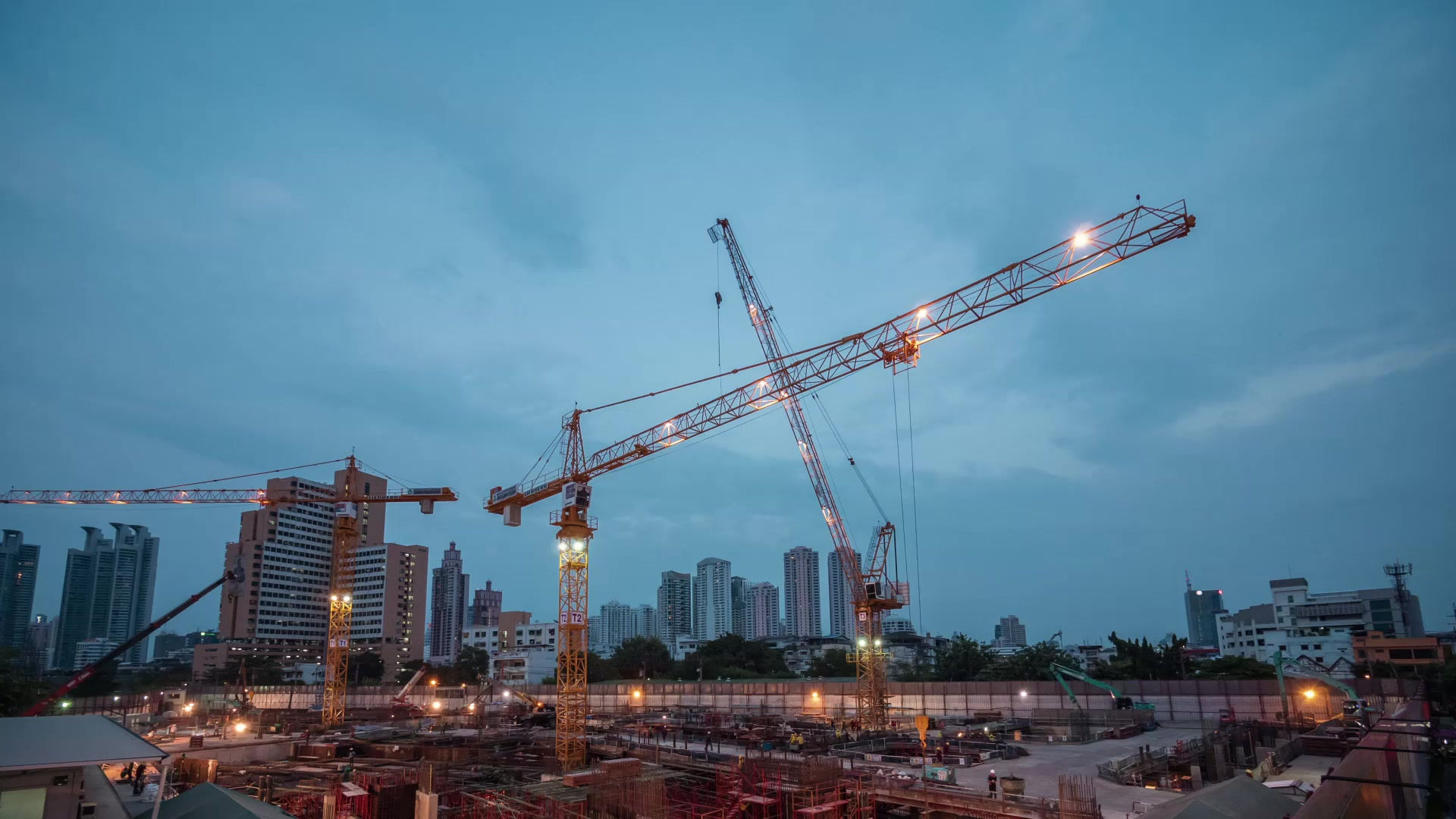The Importance of Choosing the Right Commercial PPR Pipes Fittings: Tips and Tricks
- KPT Pipes
- Apr 18, 2024
- 3 min read
Updated: Jul 11, 2024

In the realm of commercial plumbing, the significance of selecting the appropriate pipes and fittings cannot be overstated. Whether you’re overseeing a large-scale industrial project or managing the plumbing system of a commercial building, the integrity and efficiency of your pipes and fittings are paramount. In this blog post, we'll delve into why choosing the right commercial pipes fittings is crucial and provide valuable tips and tricks to ensure you make the best decisions for your plumbing infrastructure.
Compatibility and Functionality:
One of the primary reasons for selecting the right PPR pipes and fittings is ensuring compatibility and functionality. Different systems require specific types of materials and fittings to operate optimally. Whether it's PVC, copper, stainless steel, or other materials, each has its advantages and applications. Understanding the requirements of your system and choosing fittings that complement the pipes is essential for seamless operation and longevity.
Durability and Longevity:
Commercial plumbing systems are subjected to considerable wear and tear due to high usage and varying environmental factors. Therefore, durability and longevity are non-negotiable aspects when selecting pipes and fittings. Investing in high-quality materials and fittings may incur a higher upfront cost but pays off in the long run by reducing maintenance, repairs, and replacements, ultimately saving you time and money.
Performance and Efficiency:
The efficiency of a plumbing system heavily relies on the performance of its pipes and fittings. Leaks, corrosion, or poor fittings can lead to inefficiencies, water wastage, and increased utility bills. Choosing fittings that promote smooth flow, minimize pressure drops, and prevent leaks is essential for maintaining optimal performance and conserving resources.
Compliance and Regulations:
Compliance with building codes and regulations is a critical aspect of commercial plumbing projects. Using the right pipes and fittings that meet industry standards ensures regulatory compliance and avoids potential legal issues. Additionally, adhering to regulations regarding material safety and environmental impact demonstrates a commitment to sustainability and social responsibility.
Adaptability and Flexibility:
Commercial buildings and industrial facilities often undergo modifications, expansions, or renovations over time. Therefore, selecting pipes and fittings that offer adaptability and flexibility is crucial for accommodating future changes without requiring extensive rework or replacement. Modular fittings, compatible with various pipe materials, facilitate easier modifications and upgrades as needed.
Cost-effectiveness:
While prioritizing quality and performance, cost-effectiveness remains a significant consideration in commercial plumbing projects. Assessing the total cost of ownership, including installation, maintenance, and lifecycle expenses, helps in making informed decisions. Opting for pipes and fittings that strike the right balance between quality and cost can provide long-term savings without compromising reliability.
Consultation and Expertise:
When in doubt, seeking consultation from plumbing professionals or industry experts can provide invaluable insights into selecting the right pipes and fittings for your specific needs. Experienced professionals can assess factors such as flow requirements, pressure ratings, material compatibility, and environmental conditions to recommend the most suitable solutions.
No Regular Maintenance and Inspection:
With the right PPR pipes and fittings in place, there is no regular maintenance and inspection are essential. PPR Pipes ensure optimal performance and longevity. It prevents costly repairs and downtime. No signs of corrosion, leaks, or wear ensures no replacement of the plumbing system.
In conclusion, choosing the right commercial pipes and fittings is a critical decision that significantly impacts the performance, durability, and efficiency of plumbing systems in commercial and industrial settings. By prioritizing compatibility, durability, performance, compliance, adaptability, cost-effectiveness, and expert consultation, you can ensure a reliable and sustainable plumbing infrastructure that meets the demands of your business operations for years to come.




Comments